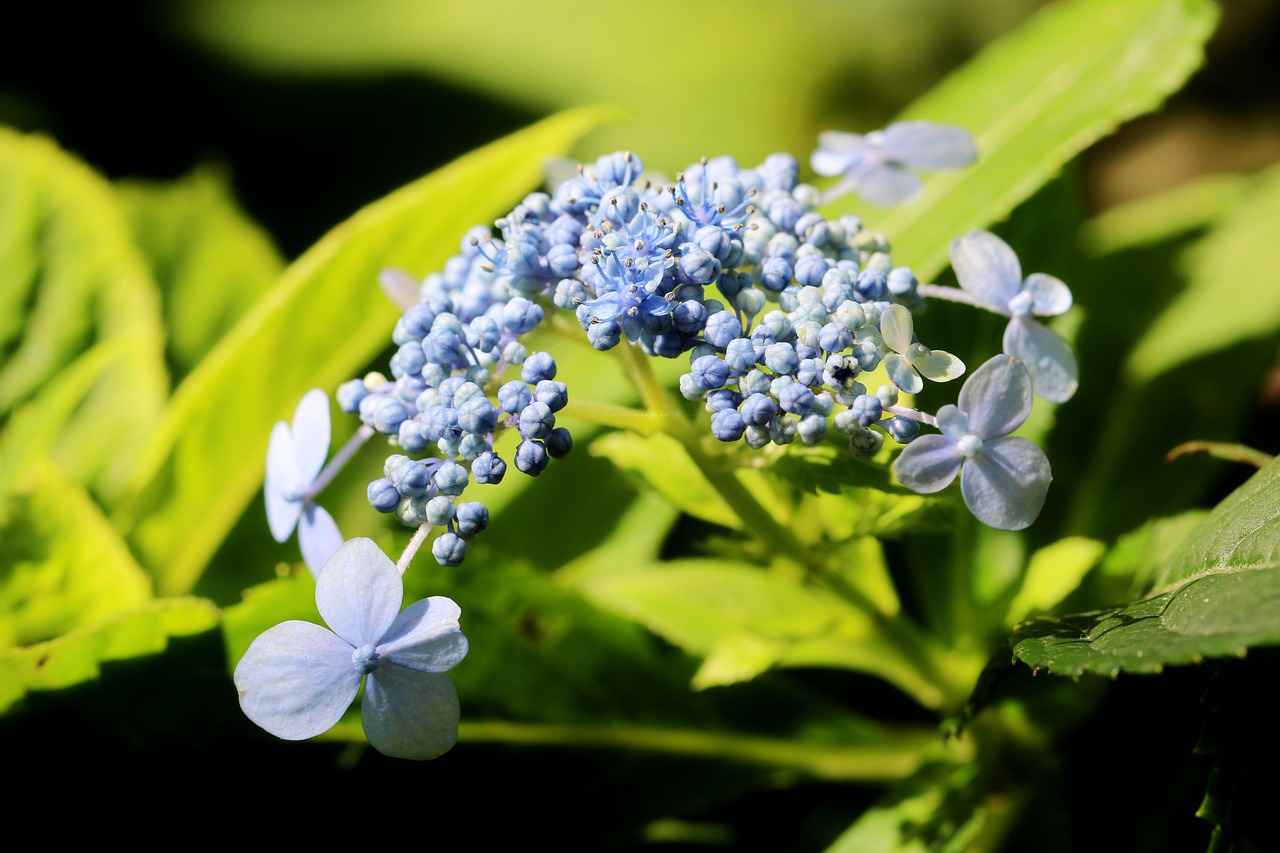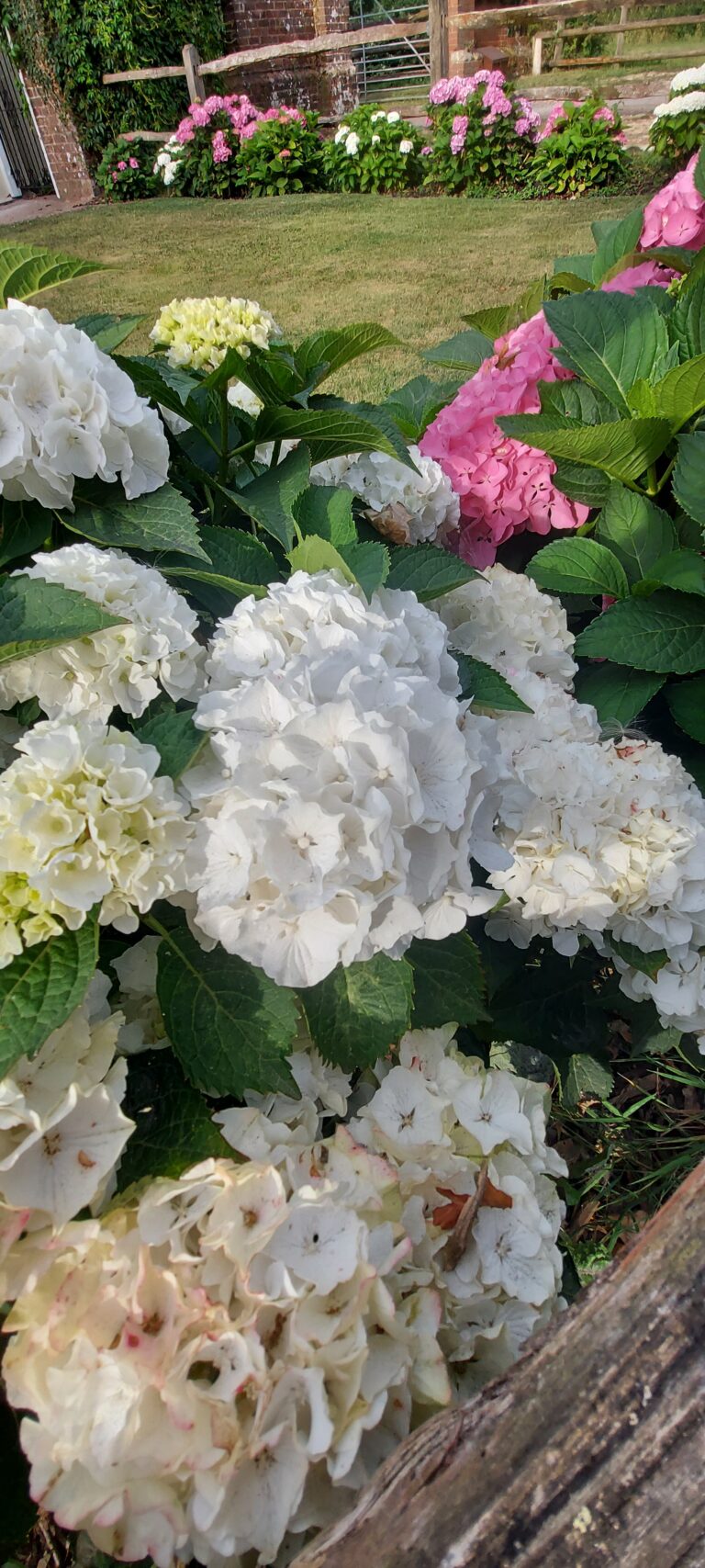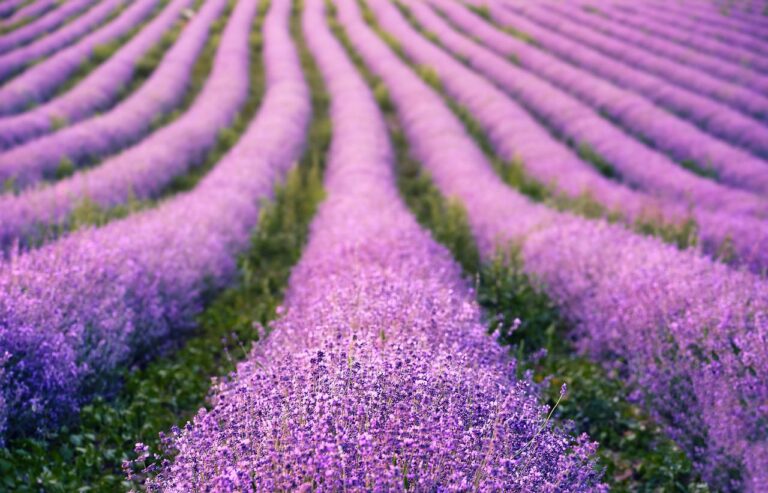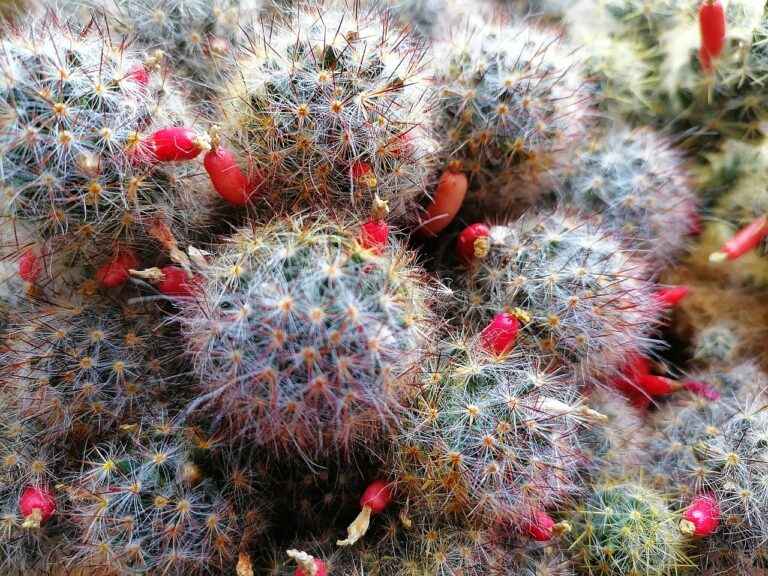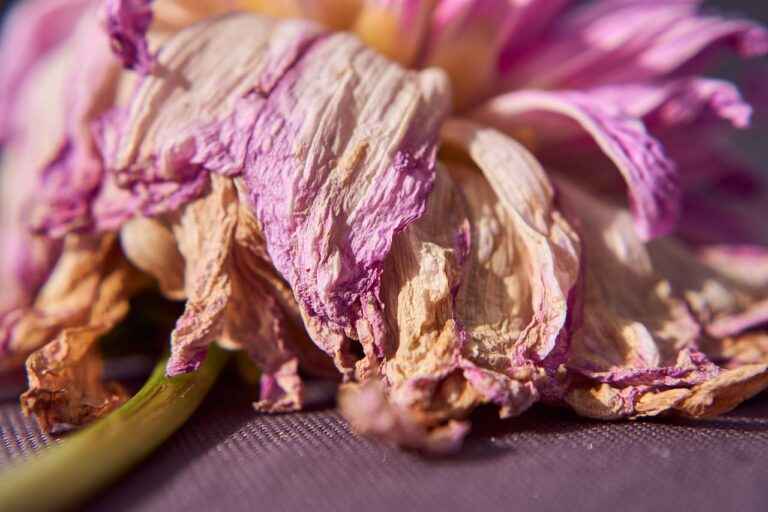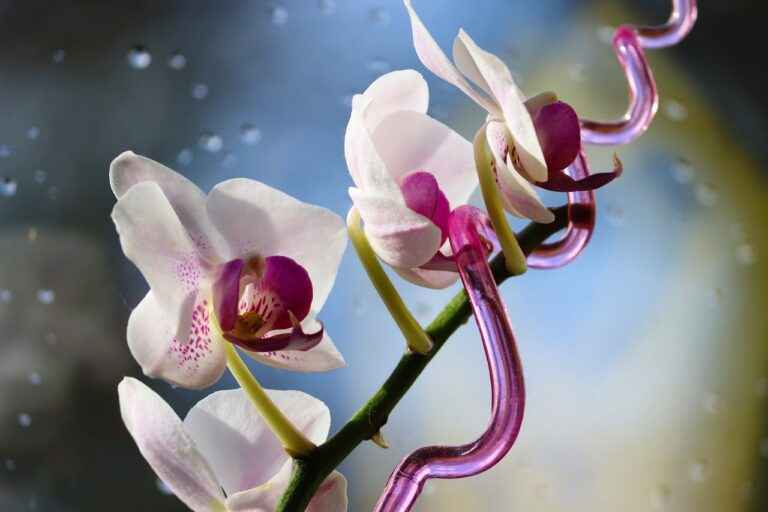Fertilizing Hydrangeas. How, when and with what to fertilize hydrangeas ?
Hydrangeas (Hydrangea) are one of the most popular garden shrubs, producing beautiful flowers. The flowers, however, will not develop so well if you do not provide the plant with the right amount of nutrients. That is why fertilizing hydrangeas properly is so important.
Fertilizer for hydrangea you choose can affect the intensity of flowering, color of hydrangea flowers or the condition in which the plant will winter. You can choose from natural fertilizer for hydrangeas or artificial one.
In garden stores there is a very large selection of hydrangea fertilizers, differing in the method of application and the effects they achieve. Honestly, there are so many of them that it’s hard to tell. So, what kind of hydrangea fertilizer will be the best?
Natural fertilizer for hydrangeas or mineral fertilizer?
First of all, you must distinguish between organic (natural) fertilizers and mineral fertilizers (granulated, liquid or gel).
The basis for fertilizing hydrangeas should be organic fertilizers, such as:
- compost (self-obtained from crop residues or ready-made granular compost bought in a garden store)
- manure (it cannot be fresh, it must be well-composted manure or ready-made granulated manure sold in gardening stores)
- biohumus (liquid fertilizer based on earthworm excrements).
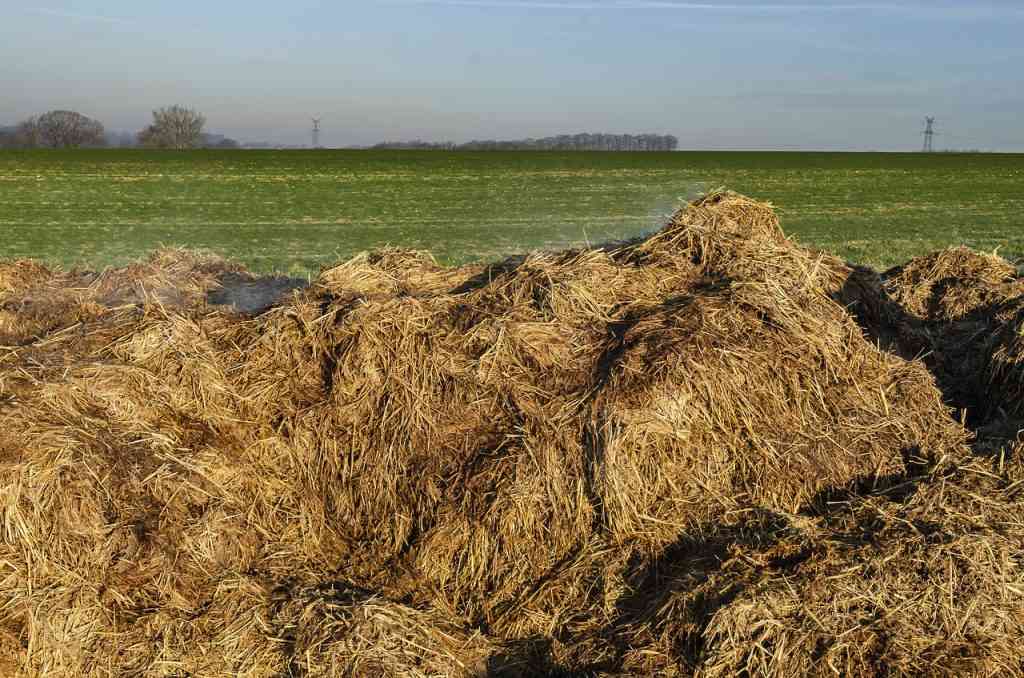
Manure is good for fertilizing Hydrangeas
To fertilize hydrangeas with compost or manure you must sprinkle fertilizer under bushes. Then mix it with top layer of soil – just be careful so you will not damage the roots. When you decide to use biohumus – dilute it with water and water plants.
Organic fertilizers contain organic substances that help to maintain the proper structure and fertility of the soil, as well as minerals that affect plant growth, flowering abundance and frost resistance.
However, the amount of minerals in organic fertilizers turns out to be insufficient and, if you want to have really nicely colored and abundantly flowering hydrangeas, you also need to use mineral fertilizers.
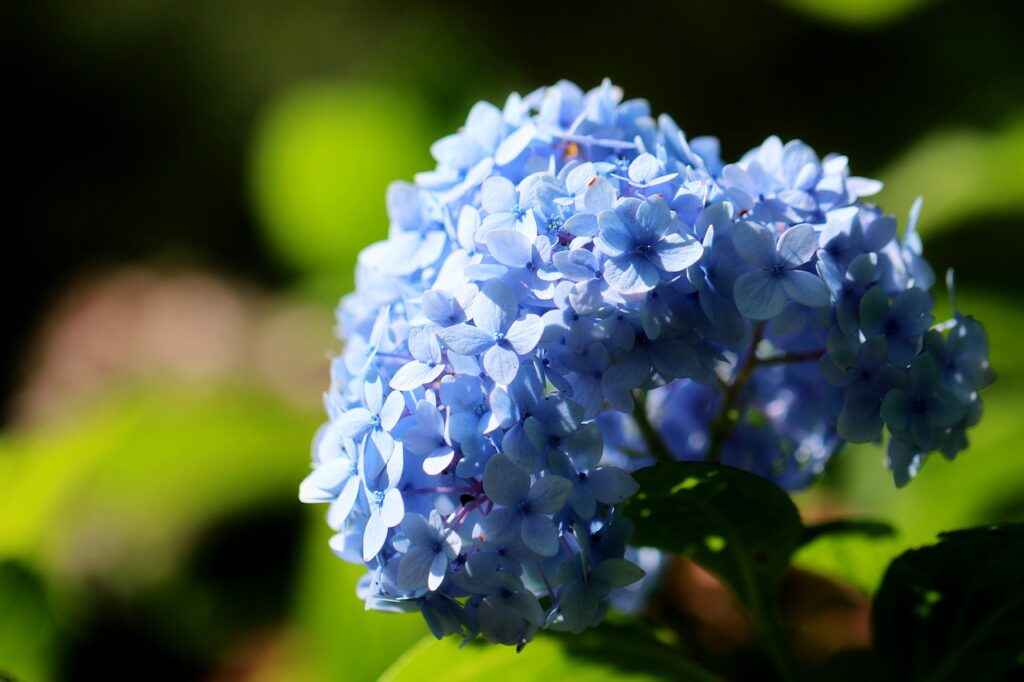
For the fertilization of hydrangeas, it is best to use specialized mineral fertilizers with a composition appropriately suited to the needs of these shrubs.
You should not use universal fertilizers, because they contain calcium, which causes chlorosis in hydrangeas, and thus yellowing of the leaves. However, you can use fertilizers for rhododendrons and other heather plants to fertilize hydrangeas.
Fertilizing Hydrangeas with mineral fertilizers
There are two main groups of Mineral fertilizers for hydrangeas:
1. Granular hydrangea fertilizers
Scatter this kind of fertilizers under hydrangea bush. You should be doing it from April to August.
In this group, it is also worth distinguishing slow acting fertilizers. They release nutrients for over 3 months. In this case, one dose of fertilizer is enough for the entire gardening season. This makes it very easy to fertilize the hydrangea.
In addition you could get fertilizer with acidifier. As hydrangeas grow better in acidic or slighlty acidic soil it will help absorb fertilizer.
2. Liquid and water-soluble hydrangea fertilizers
You must dilute these fertilizers with water. As a result plant absorbs nutrients very quickly. It comes very handy when you notice symptoms of mineral deficiency (hydrangea bloom poorly, leaves lose color).
Many of them can also be applied by foliar spraying. Liquid fertilizers are also great for fertilizing hydrangeas grown in containers.
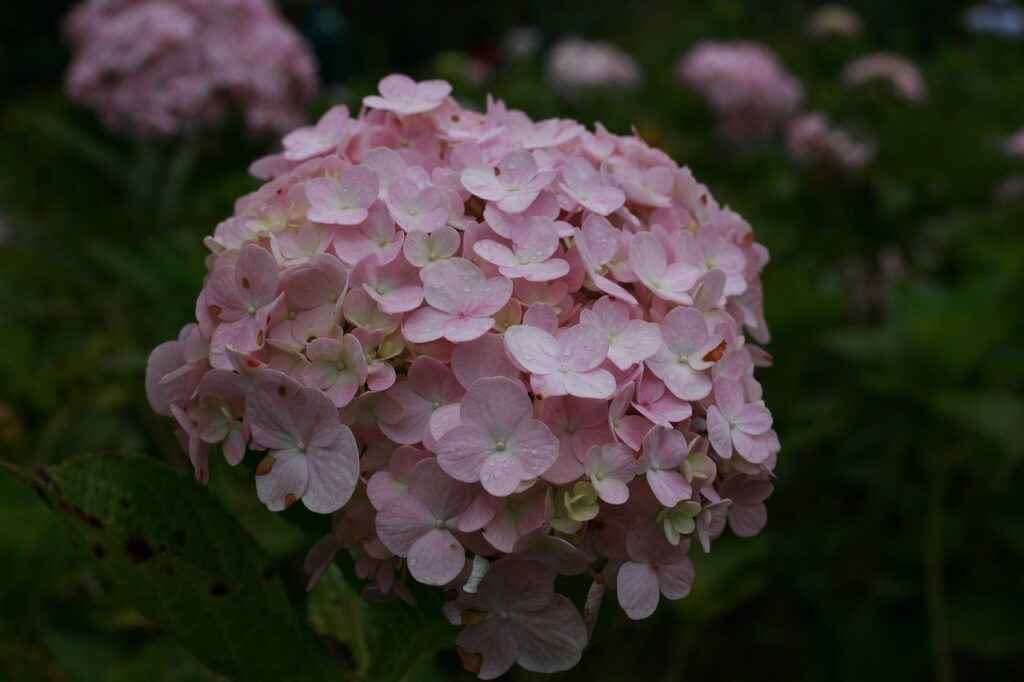
Recently, fertilizers have become more and more fashionable, whose task is to better color the hydrangea flowers.
Remember that in the case of many varieties of hydrangeas, the color of flowers is simply a feature of a given variety and it is not worth changing this color by force with fertilization.
To change hydrangea color from blue to pink you will need to raise pH of the soil. To do so use deacidifying fertilizer. This works both ways. If you would like to change color from pink to blue you just need to acidify soil.
This little trick will not work with white-flowered hydrangeas.
It is also worth mentioning the hydrangea fertilizers in the form of a gel, which, thanks to their thick consistency, are more efficient and have a richer formula than standard liquid preparations.
These fertilizers are a novelty that has not yet been well tested by gardeners. Time will tell whether they work as well as their producers declare, and whether it is worth paying more for them.
When and how often to fertilize hydrangeas?
Ideally you should start fertilizing hydrangeas in early spring (March – April) and continue through flowering period. If you use liquid fertilizer you should fertilize every 1 -2 weeks. With granulated one every 1 – 2 months will do the job just fine.
If you decide to go with slow-release fertilizers you should do it only once in early spring.
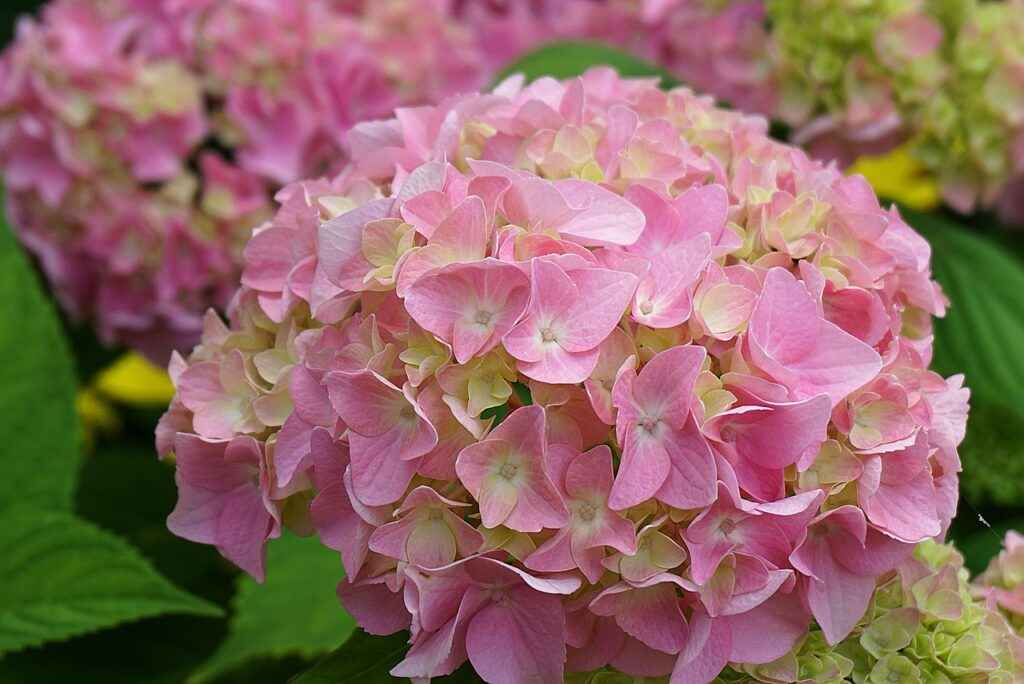
Nowaja / Pixabay
If you use mineral fertilizers with addition of nitrogen, you should stop using it at the end of August. This way, it will make it easier for the shrubs to prepare for winter rest.
In late autumn, it is worth applying organic fertilization, using – manure or compost. From the end of August to October, autumn fertilizers can also be phosphorus-potassium (nitrogen-free).
They support the formation of flower buds for the next year and strengthen the frost resistance of plants. As there are no autumn fertilizers for sale, typically intended for hydrangeas, you can choose an autumn fertilizer for ornamental plants.
How to dose hydrangea fertilizers?
Healthy-growing hydrangeas do not require heavy fertilization. Annual compost fertilization is enough for such shrubs. However, when you nee need to feed hydrangeas, you must fertilize them often, but in small doses. Too much of fertilizer will damage the bushes.
Hydrangeas grown in containers are particularly sensitive to over-fertilization. In the case of multi-component mineral fertilizers, the optimal dose of fertilizer for one hydrangea bush is usually 30-40 g of the fertilizer (but always check the dosage given on the fertilizer packaging). Young bushes and hydrangeas growing in containers only need 1/3 of this dose!
Granulated fertilizers should be mixed with the soil (up to 20 cm deep) and mulch. Then water them intensively so that they can start working.
You should spread and mix with soil organic fertilizers around hydrangea bushes. Try not to place them directly next to the stumps and shallow roots.
Liquid concentrates and gel fertilizers are diluted in water according to the manufacturer’s instructions given on the product label, and then the plants are watered with them or foliar spraying.
Fertilizing Hydrangeas on sandy soil
Hydrangea are a popular garden plant that can be grown on a variety of soils, but perform best on fertile, moist loams. If you have sandy soil, there are a few things you can do to improve the fertility and moisture retention of your soil to help your hydrangea thrive.
One way to improve the fertility of sandy soil is to add organic matter in the form of compost or mulch. Organic matter will help to hold moisture in the soil and also provide nutrients for your plants.
You can also add a fertilizer specifically designed for hydrangea, which will provide them with the nutrients they need to grow well.
Be sure to follow the directions on the label carefully, as too much fertilizer can damage plants. Regular watering is also important for plants growing in sandy soil.

